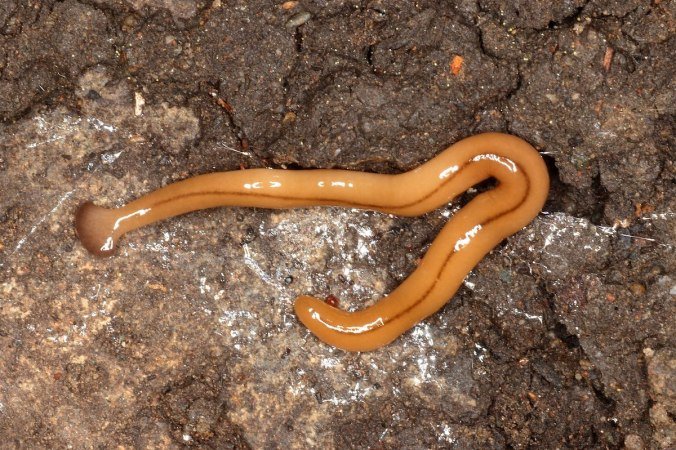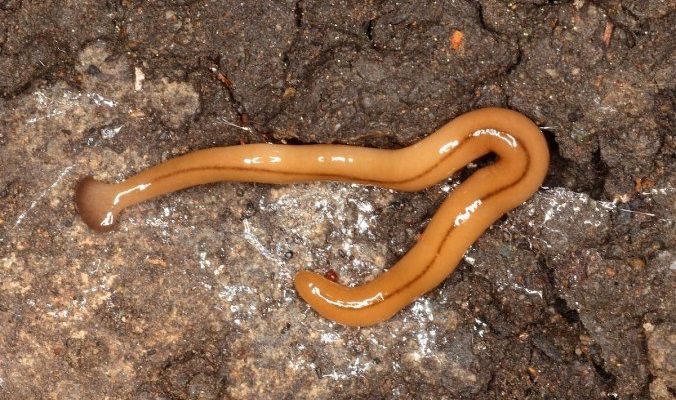
Imagine you’re working in your garden, digging your hands into the rich soil and tending to your plants. Suddenly, you spot these pesky worms slithering around. It’s frustrating, right? But here’s the thing: you can use natural methods to keep their numbers under control, just like a gardener would use companion planting to promote growth. In this article, we’ll explore various natural plots and techniques to help manage the hammerhead worm population effectively.
Understanding Hammerhead Worms
Before we jump into how to tackle these pests, it’s essential to know a bit more about them. Hammerhead worms are typically found in warm, moist environments, often thriving in gardens or lawns where decaying organic matter is present. They’re predators, feeding primarily on earthworms, which means they can disrupt the balance in your garden by reducing the population of beneficial worms.
Interestingly, these worms can reproduce through a process called fragmentation, meaning that even a small piece of a hammerhead worm can grow into a new one. This ability makes them particularly resilient and challenging to control. So, when we’re thinking about reducing their numbers, our strategies need to be just as resilient.
Encouraging Natural Predators
One of the most effective ways to manage hammerhead worms is by encouraging their natural predators. Just like how bringing in friendly teammates can help conquer tough opponents in a game, attracting certain species can help keep hammerhead worm numbers in check.
- Birds: Many bird species love to snack on worms, including hammerhead worms. You can attract them by placing bird feeders filled with seeds and providing nesting boxes.
- Frogs and Toads: These amphibians are excellent at controlling pest populations. Creating a small pond or ensuring damp areas in your garden can invite these critters to call your garden home.
- Beneficial Insects: Some insects, like predatory beetles and certain wasp species, help control flatworm populations. A diverse ecosystem can encourage these helpful bugs.
By fostering a welcoming environment for these natural predators, you can create a mini-ecosystem that balances out the presence of hammerhead worms. Think of it as building a team of allies in your garden who will fight the good fight for you!
Implementing Organic Mulching
Mulching isn’t just a way to make your garden look neat and tidy—it can also help manage hammerhead worms. Think of mulch as a protective blanket for your garden. It adds nutrients, retains moisture, and can even suffocate unwanted pests.
When applied correctly, organic mulch helps create an environment that is less appealing to hammerhead worms. Here’s how it works:
1. **Layer it Up:** Use materials like straw, wood chips, or shredded leaves to create a thick layer around your plants. This suffocates the worms and their eggs, reducing their population over time.
2. **Moisture Control:** Mulch helps maintain consistent moisture levels. Too much wetness encourages the growth of hammerhead worms, so an even layer can help keep things balanced.
3. **Nutrient Boost:** As the mulch breaks down, it enriches the soil, promoting healthy plant growth and improving your garden’s ecosystem. Healthy plants can better withstand pest pressures.
By using organic mulch, you’re not just tackling the hammerhead worm issue directly but improving the overall health of your garden.
Practicing Good Garden Hygiene
Keeping your garden clean might feel like an obvious step, but it’s often overlooked. Just like cleaning your house can prevent the spread of unwanted bugs, good garden hygiene can minimize hammerhead worm populations significantly.
Here are a few practices you can adopt:
- Remove Debris: Clear away any dead leaves, decaying plants, or leftover mulch. This reduces the number of hiding spots for hammerhead worms.
- Rotate Crops: Changing where you plant your vegetables each season can confuse pests and disrupt their life cycles. It’s like changing your routine to keep things fresh!
- Avoid Overwatering: Since hammerhead worms thrive in moist environments, be mindful of how much water your garden is getting. Proper drainage and less standing water can deter them.
Maintaining a tidy garden not only helps control pests but also contributes to the overall health of your plants.
Utilizing Homemade Traps
If you’re looking for a hands-on approach to reducing hammerhead worm numbers, homemade traps can be a clever solution. It’s like setting up a clever little ruse to catch those sneaky worms. Here’s how you can create a simple trap:
1. **Gather Your Supplies:** You’ll need a shallow container, like a pie plate, some beer or a sweet mixture of sugar and water.
2. **Set the Trap:** Bury the container at ground level in the area where you’ve noticed high worm activity. The top should be level with the soil.
3. **Bait Them In:** Pour the beer or sugar-water mixture into the container. The smell will attract the hammerhead worms, and they’ll fall in and won’t be able to escape.
4. **Check Regularly:** Empty and refill the traps every few days until you notice a reduction in the worm population.
This method can be a fun DIY project while effectively managing those pesky worms at the same time.
Leveraging Companion Planting
Companion planting, which is the practice of planting different crops close together for various benefits, can also help reduce hammerhead worm numbers. Much like how good friends can support one another in tough situations, certain plants can help fend off unwanted pests.
Here’s how companion planting can work in your favor:
- Plant Marigolds: These bright flowers can deter many pests, including hammerhead worms. They release natural compounds that repel certain insects and worms.
- Include Nematodes: Beneficial nematodes are microscopic worms that can attack hammerhead worms. You can introduce them to your soil when you plant companion crops.
- Mix in Garlic or Onion: These plants have natural pest-repelling qualities. They can confuse and deter hammerhead worms, making your garden less appealing to them.
By using companion planting, you’re not just reducing the hammerhead worm population but also creating a thriving garden ecosystem that supports healthy plant growth.
Managing hammerhead worms in your garden doesn’t have to be a daunting task. By using effective natural plots and strategies such as encouraging natural predators, applying organic mulch, maintaining good hygiene, setting up homemade traps, and utilizing companion planting, you can keep their numbers in check without resorting to harsh chemicals.
Remember, every small action you take contributes to the health of your garden. Treat your garden as a lively ecosystem, and it will reward you with beauty and bounty. By embracing these natural methods, you’re not only tackling the hammerhead worm issue but also fostering a more resilient and vibrant garden in the process. Happy gardening!

